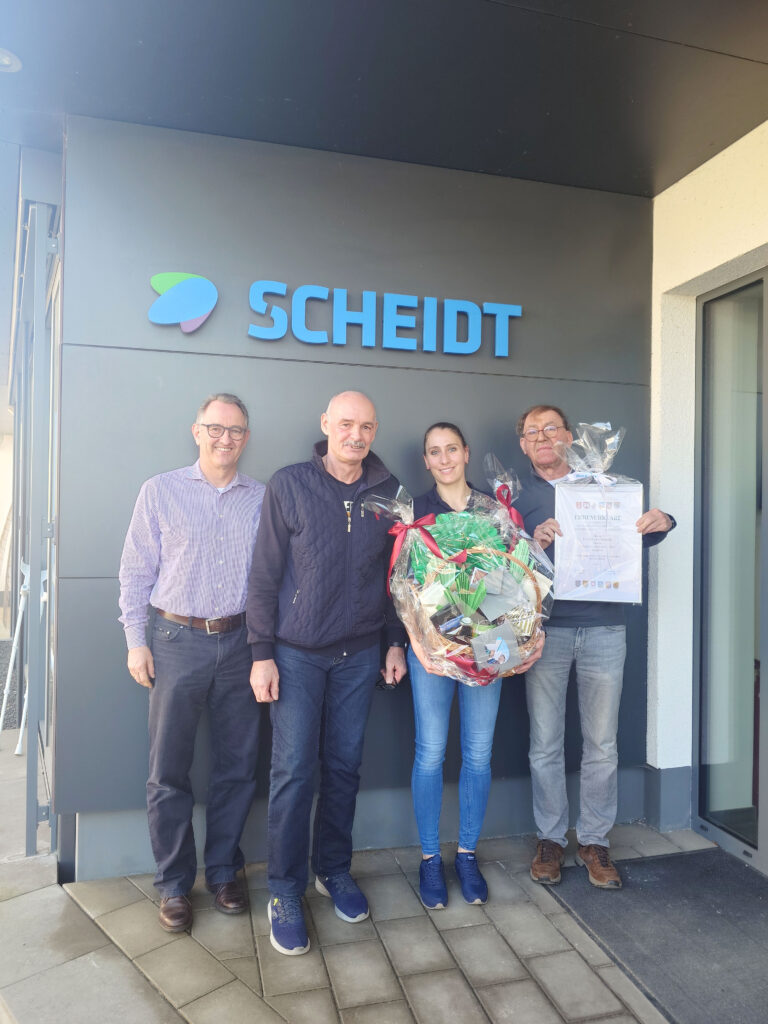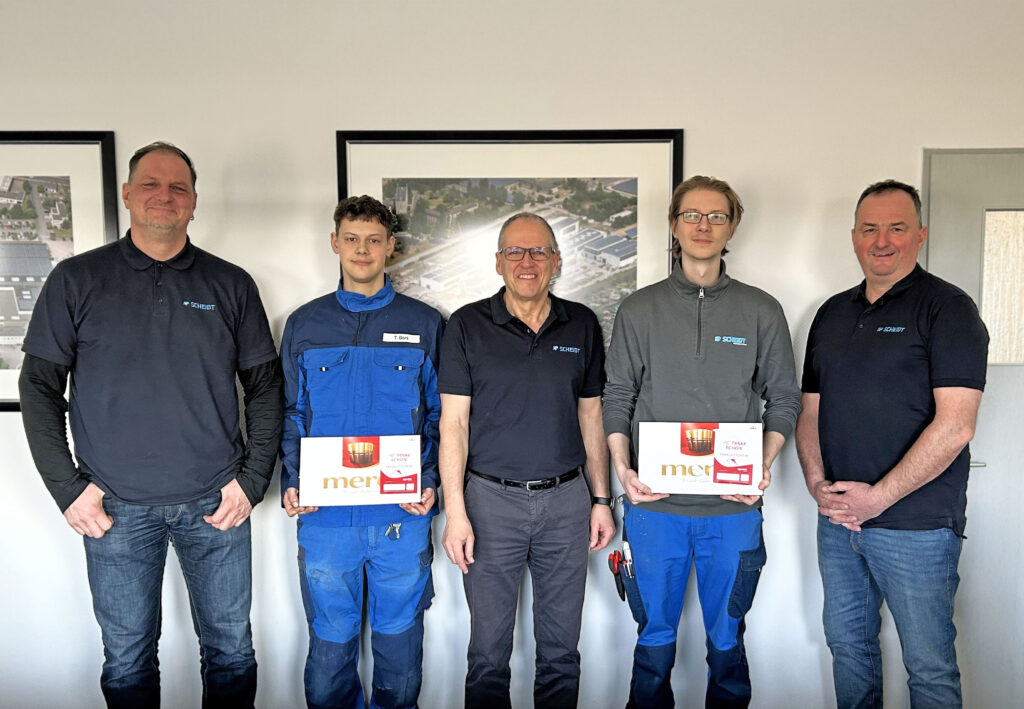Range of station superstructures (BEK and NZ) passes arc fault tests.
SCHEIDT is well prepared for the EU's plans to ban SF6 gas-filled switchgear from 1 January 2026: From May to October, we subjected various air-insulated switchgear in combination with our station types to an extensive arc fault test. All stations were tested with aluminium doors from SMA Tech - with convincing results. This means that SCHEIDT is the only company to date in a position to offer as many as nine tested station designs with the latest technology in terms of switchgear and door technology in the event of an SF6 ban.
Until now, SF6 gas has been used for the electrical insulation of switchgear in medium-voltage and high-voltage technology. However, this gas is considered the substance with the strongest greenhouse effect: one kilogramme of SF6 has around 22,800 times the effect of one kilogramme of CO2, and in the event of an accident, it could escape from a switchgear system - with harmful consequences for the climate. With this in mind, it is not surprising that the EU is considering banning the gas from 20 kV medium-voltage switchgear from 1 January 2026. Since this became known, some manufacturers of medium-voltage switchgear have begun to rethink their technology and develop air-insulated alternatives. The particular challenge here is to build such switchgear compact enough to fit into local network substations, such as those manufactured by SCHEIDT, despite the greater volume required for air insulation.
Two renowned switchgear manufacturers came up with solutions back in 2022: The first system to fulfil all requirements was the Siemens Blue GIS - almost identical in design to its SF6 counterpart, the 8DJH. This was followed shortly afterwards by the market launch of the Schneider RM AirSeT. Although both systems are the same size as the respective SF6 version and have the same cable connection points, depending on the design of the switchgear panels, this does not mean that the air-insulated switchgear behaves similarly to the SF6 versions in the arc fault test. Together with the manufacturers, we therefore subjected all station types to an arc fault test at the test centre in Berlin. Both accessible (BEK) and non-accessible (NZ) stations were tested. The tension before the test was high, as the pressures to be expected in the event of an arc fault are many times higher for air-insulated systems than for SF6 gas switchgear. This makes it more difficult for small stations with a small room volume to successfully pass a test. All stations are tested with an artificially triggered short circuit of 20kA (kiloamperes) over one second.
When selecting the types to be tested, we were primarily guided by observations of how the market and technology will develop over the next few years: For the BEK, we tested the smallest possible type: BEK 250-300, while the NZ 150-300 and NZ 240-310 (in various superstructures) were the main focus for the NZ. The switchgear from both manufacturers proved to be a successful future concept in our concrete enclosures with the SMA Tech aluminium doors: all station superstructures passed the arc fault test!
This means that even if SF6 is banned, it will still be possible to accommodate safe, innovative switchgear in small SCHEIDT stations that are not particularly conspicuous in the cityscape or landscape and, above all, do not require much space. This is because space is a decisive factor in the increasing demand for local grid stations due to the energy transition.



